
Onorevole Jeff Johnson, Ministro della Pubblica Istruzione per Alberta, talked to me last November about his experience as co-chair of the province’s pioneering “Inspiring Istruzione” iniziativa. The question posed by his steering committee to all Albertans was: Quali tipi di abilità e attributi un Albertan istruita dovrebbe laurea in 2030 avere? The response, which became the inspiration for education reform in Alberta, was that students needed to be three things: engaged thinkers, ethical citizens, e hanno bisogno di avere uno spirito imprenditoriale. What role has technology played in helping educators achieve these goals? I decided it was time to invite Jeff back to Il Global Ricerca per l'Educazione series to give us an update.
Prior to his position as Minister of Education for Alberta, Honourable Jeff Johnson was Minister of Infrastructure, Ministro responsabile della Segreteria Oil Sands, e assistente parlamentare al Consiglio Tesoro. Jeff ha anche esperienza di lavoro nei mercati finanziari come futures trading pavimento pit capo e nella costruzione di una serie di successo delle piccole imprese.
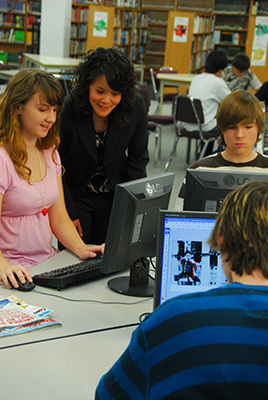
Come la tecnologia ha influenzato il sistema di istruzione Alberta? Cosa educatori vedono come i pro ei contro di un punto di vista di apprendimento?
Advances in technology have had a big impact on the world and, di conseguenza, a big impact on our education system as well. Kids today grow up in a world where they have information at their fingertips and education has had to adjust to meet the needs of those students. This is both a challenge and an opportunity for Alberta’s educators.
When we talked with Albertans during the Inspiring Istruzione dialogue, one of the main topics of discussion was technology. Albertans ci ha detto che avevamo bisogno di passare da utilizzare la tecnologia per sostenere l'insegnamento di utilizzare la tecnologia per sostenere la creazione e la condivisione di conoscenze. Una parte che è lo sviluppo di competenze. Attualmente stiamo spostando curriculum di Alberta verso l'apprendimento basato sulle competenze. Ciò significa che invece di memorizzare fatti, i ragazzi di oggi sono capacità di apprendimento. Per esempio, stanno imparando come utilizzare la conoscenza per raccontare i fatti dalla finzione in linea. Questo è fondamentale in un'epoca di Wikipedia – kids need to know how to tell if information is credible, a skill that will be important for their entire lives.
The impact of technology on teaching has also been significant. Teachers today use smart boards, so kids can interact with their lessons. They use digital cameras and laptops, so kids can shoot video and make presentations. And technology allows teachers to tailor lessons to an inclusive environment – fornendo segnali visivi per qualcuno con problemi di udito, per esempio, or tailoring lessons for children with autism.
Come è il ruolo dell'insegnante cambia nell'era digitale?
Access to technology and information has forced teachers to think differently about how they plan for learning. Teachers not only have to be users of technology and digital resources, but they have to be keenly aware that students need to understand that information in a digital age needs to be validated. Teachers need to shift their thinking from a single answer or source of information to accommodating multiple ways of getting to the answer using a variety of sources of information. It permits students to engage in new knowledge creation in ways that have never been possible before. Teachers are now more accessible to parents than they have ever been in the past, which is also a different paradigm for teachers.
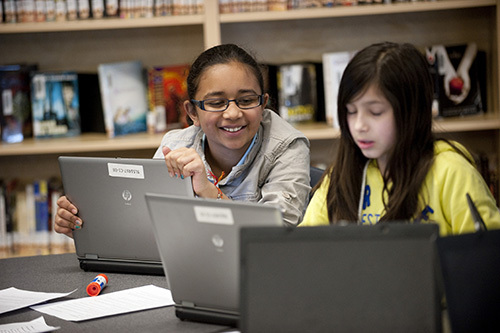
Intere stati negli Stati Uniti hanno adottato libri di testo digitali. Biblioteche universitarie stanno diventando depositari di contenuti digitali. Many would say textbooks have already gone digital and indeed the next generation of digital content is not far behind. Quali strumenti di apprendimento digitali sono stati implementati in aule Alberta e che cosa gli educatori vedere come i pro ei contro di questi?
Le autorità scolastiche sono sempre più interessati a incorporare la tecnologia e le risorse digitali nelle loro aule. Through LearnAlberta.ca, Alberta Istruzione ha fornito l'accesso online a materiale didattico in quanto 2001. Questo sito è ospite a circa 8,500 risorse. I materiali includono risorse per l'insegnamento e l'apprendimento (alcuni in forma di applet interattivi e software coinvolgente) that are directly correlated to programs of study, as well as reference materials, and access to online programs of study and assessment materials. LearnAlberta.ca has seen an increase in the use of digital materials for teachers and students following the Alberta programs of study.
In aggiunta, five Alberta school boards are piloting the development of a Collaborative Online Resource Environment (CORE), accessible at http://www.albertacore.ca, to collaboratively acquire, sviluppare, store, manage, and share digital classroom resources for anytime, ovunque apprendimento. Ad oggi, students and teachers enjoy shared access over a common infrastructure to over 165,000 digital resources. Users can contribute resources they find of value, and can comment on effective ways they have used these in learning environments. The University of Calgary is conducting formal research on this innovative project.
In Alberta, school authorities have maximum flexibility to determine what kinds of resources they will make available to their students, and what policies they will put in place to guide the use of these resources. Teachers determine for themselves what level of technology use is most appropriate to meet the needs of their students. Whatever resources teachers and school authorities select, equity of access and support for inclusive classrooms will continue to be guiding priorities in those decisions.
Tablets have been found to be extremely helpful in supporting students with unique learning needs – examples include:
- Increasing font size for dyslexic students – helps to de-clutter their vision
- English Language Learners – can use the recording features to see and hear themselves speaking which helps with language acquisition
- Sign 4 Me app – helps to facilitate communication between a deaf student and his classmates

How has technology impacted curriculum design in Alberta?
Through Curriculum Redesign, we are looking at various shifts for curriculum and curriculum development. One of these shifts is to move to a more digitally based curriculum (programs of study, assessments, and learning and teaching resources).
The power of technology should be harnessed to support innovation and discovery. We envision the move to more digitally-based curriculum will allow for greater flexibility at the local level to support learning at any time, place or pace, as well as the opportunity to continuously improve and refresh programs of study and learning resources.
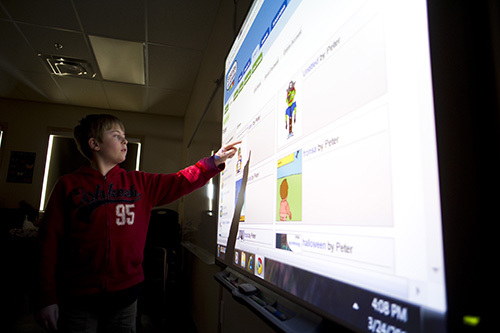
L'ultima ricerca Pew indica ancora una volta che l'uso di compresse, telefoni cellulari, internet sources and social media platforms such as Facebook and Twitter continues to infiltrate classrooms in the US rapidly. Are you seeing the same trend in Alberta classrooms? Fino a che punto è l'uso di questi strumenti una parte del vostro curriculum? C'è un'età di sotto della quale si ritiene questi strumenti non sono adeguati nelle aule?
Alberta is seeing these same trends. We would say that technology is being used appropriately across all grades because in Alberta we have balanced curriculum that includes a balance of learning activities, with technology and other resources, as well as interaction and daily physical activity.
Alberta Education is currently engaged in a research community of practice that is investigating potential uses of technology, including tablet devices, in Kindergarten to Grade 4 aule. One of the focuses is to explore what applications of technology are most effective and appropriate for various age groups.
There are several school authorities in Alberta that have invested in class or school sets or portable carts of tablet or laptop devices, like Chromebooks, and interest in educational technology continues to increase throughout the education system. Alberta Education is currently working to finalize an updated Learning and Technology Policy Framework to establish a common vision for technology’s role in education, in alignment with Inspiring Istruzione. This vision will help decision makers at all levels take appropriate actions that will complement each other and yield maximum benefit for students.
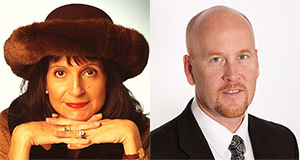
Tutte le foto sono per gentile concessione del Ministero della Pubblica Istruzione Alberta.
Per ulteriori articoli della Got Tech? serie: Il Global Ricerca per l'Educazione: Got Tech? – Finlandia, Il Global Ricerca per l'Educazione: Got Tech? – Australia, Il Global Ricerca per l'Educazione: Got Tech? – Singapore, Il Global Cerca Education: Got Tech?- Stati Uniti, Il Global Cerca Education: Got Tech? IB Scuole in un mondo virtuale, Il Global Ricerca per l'Educazione: Got Tech? – Argentina
Nel Global Search per l'Educazione, unirsi a me e leader di pensiero di fama mondiale tra cui Sir Michael Barber (Regno Unito), Dr. Michael Block (Stati Uniti), Dr. Leon Botstein (Stati Uniti), Il professor Argilla Christensen (Stati Uniti), Dr. Linda di Darling-Hammond (Stati Uniti), Dr. Madhav Chavan (India), Il professor Michael Fullan (Canada), Il professor Howard Gardner (Stati Uniti), Il professor Andy Hargreaves (Stati Uniti), Il professor Yvonne Hellman (Paesi Bassi), Il professor Kristin Helstad (Norvegia), Jean Hendrickson (Stati Uniti), Il professor Rose Hipkins (Nuova Zelanda), Il professor Cornelia Hoogland (Canada), Onorevole Jeff Johnson (Canada), Sig.ra. Chantal Kaufmann (Belgio), Dr. Eija Kauppinen (Finlandia), Segretario di Stato Tapio Kosunen (Finlandia), Il professor Dominique Lafontaine (Belgio), Il professor Hugh Lauder (Regno Unito), Il professor Ben Levin (Canada), Signore Ken Macdonald (Regno Unito), Il professor Barry McGaw (Australia), Shiv Nadar (India), Il professor R. Natarajan (India), Dr. PAK NG (Singapore), Dr. Denise Papa (Stati Uniti), Sridhar Rajagopalan (India), Dr. Diane Ravitch (Stati Uniti), Richard Wilson Riley (Stati Uniti), Sir Ken Robinson (Regno Unito), Professor Pasi Sahlberg (Finlandia), Il professor Manabu Sato (Giappone), Andreas Schleicher (PISA, OCSE), Dr. Anthony Seldon (Regno Unito), Dr. David Shaffer (Stati Uniti), Dr. Kirsten Immersive Are (Norvegia), Cancelliere Stephen Spahn (Stati Uniti), Yves Theze (French Lycee Stati Uniti), Il professor Charles Ungerleider (Canada), Il professor Tony Wagner (Stati Uniti), Sir David Watson (Regno Unito), Professor Dylan Wiliam (Regno Unito), Dr. Mark Wormald (Regno Unito), Il professor Theo Wubbels (Paesi Bassi), Il professor Michael Young (Regno Unito), e il professor Zhang Minxuan (Porcellana) mentre esplorano le grandi questioni educative immagine che tutte le nazioni devono affrontare oggi. Il Global Ricerca per l'Educazione della Comunità Pagina
C. M. Rubin è l'autore di due ampiamente lettura serie on-line per il quale ha ricevuto una 2011 Premio Upton Sinclair, “Il Global Ricerca per l'Educazione” e “Come faremo a Leggere?” Lei è anche l'autore di tre libri bestseller, Compreso The Real Alice in Wonderland.


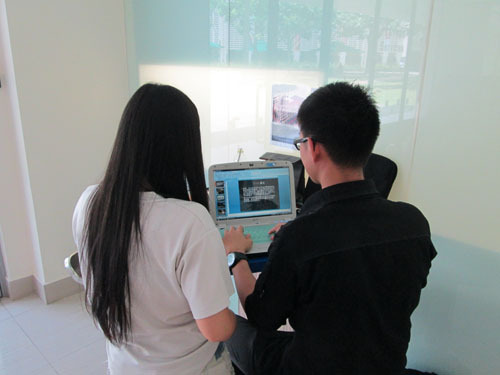
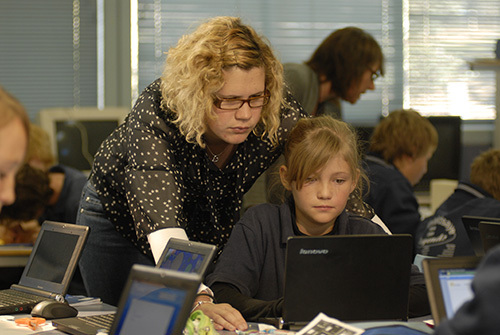
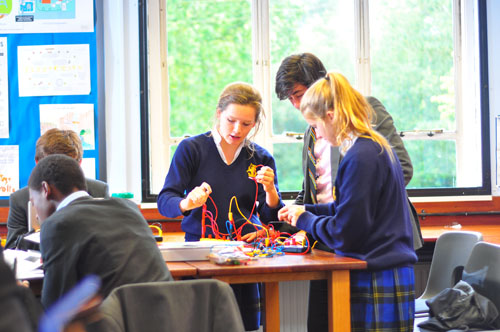
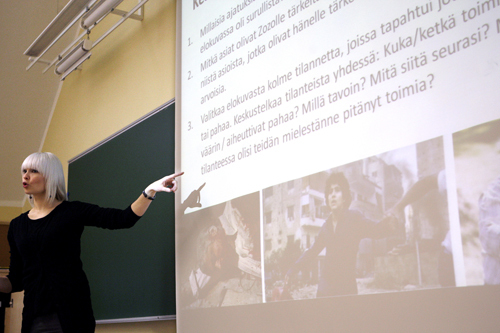
Commenti recenti